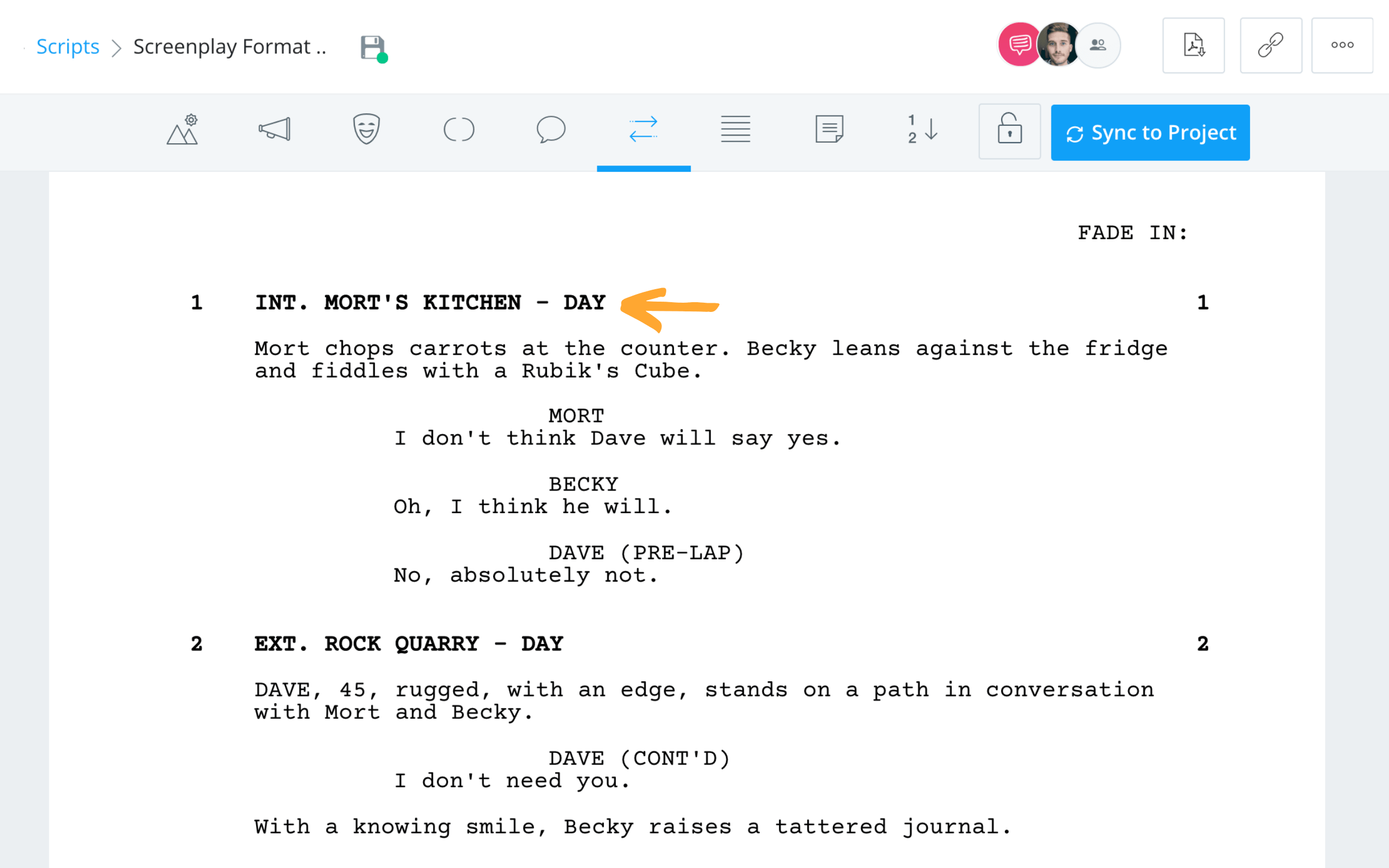
Screencast-O-Matic makes it easy to write and record with your script. If you keep writing, you’ll improve and the results will come.
How to write a script how to#
Keep practicing! It goes a long way in scriptwriting so don’t give up.Īsk others for feedback on your videos so you can figure out how to improve. It keeps you on track so your video doesn’t end up longer than it needs to be. Scripts are especially crucial for longer videos, like training videos, how-to videos and YouTube videos. You’ll know exactly what to say during the recording process, and you’ll have fewer mistakes to edit out later. Writing a script not only organizes your thoughts but also saves you recording and editing time. When you can make viewers feel something, they’re more likely to remember your video and follow your advice. If you’re creating a tutorial, talk about how the process helped you, and how your audience will benefit from it. Make your audience laugh by telling a funny story at the beginning of your video, or inspire them by talking about how you accomplished a goal. The most memorable stories are the ones that make you feel something.Īs you write your script, remember that you want to make a lasting impression. If it seems like a certain detail doesn’t add much to the story, cut it, and move on. Too much information: More information is not always better.Long words: If there’s a simple way to say it then reword it.The best advice is to keep your videos short, simple, and direct.Īfter the first draft, go through your script again and cut, cut, cut! Make sure that every word serves a purpose and look out for these killers: Using more words than necessary weakens your video. Keep viewers engaged by making your points clear and concise. 5) Keep it short, simple, and directĪ long script means a long video, and that’s not something you want. Oftentimes, you’ll find yourself changing your writing depending on how you speak. Listen to your inflections and the emphasis you make in certain parts of a sentence. See if it fits the way you speak in conversation. This is the best way to make sure your script will sound conversational and natural, rather than stiff and overly formal.Īs you write your script, talk it OUT LOUD to yourself. That’s right- they actually talk to themselves as they write. The best scriptwriters talk to themselves. Plus, it keeps them engaged in the topic. This simple mention is an easy way to guide your viewer through your video. This may seem obvious, but not often followed. Mention this in your script so viewers know where to look. If you’re writing a script for a screencast and you know you want to call attention to a visual element in a certain scene, then make sure to mention that element in your script.įor example, if you added an overlay circle around the word “video” then call attention to it. Make sure your script follows along with the visual components of your video. Writing a script is a visual, personable approach to storytelling. Do away with business jargon, long difficult words, or anything that reads like a newspaper article. It’s as if you were talking to someone face-to-face.ĭon’t think of your script as written content. One of the best things I learned in my years as a television journalist was how to tell your story in a conversational way. Once you have this, you can move on to writing. Pick out the most important details and arrange them in a bulleted list in order of importance. These are the details that will go in your outline.

Note which details are relevant based on your answers to the questions above. Next, gather all of the information, research, and quotes you have for your story.

Through the years, I’ve honed in on six key tips to make your scripts shine. No matter your topic, you can always find an interesting story to tell and it starts with a bit of organization. It’s taken me years to master scriptwriting.Ī good script is the backbone of any compelling video.

For the past 20 years, I’ve written scripts for television news, corporate companies, non-profit organizations, and now Screencast-O-Matic. An effective video always starts with an engaging script.


 0 kommentar(er)
0 kommentar(er)
